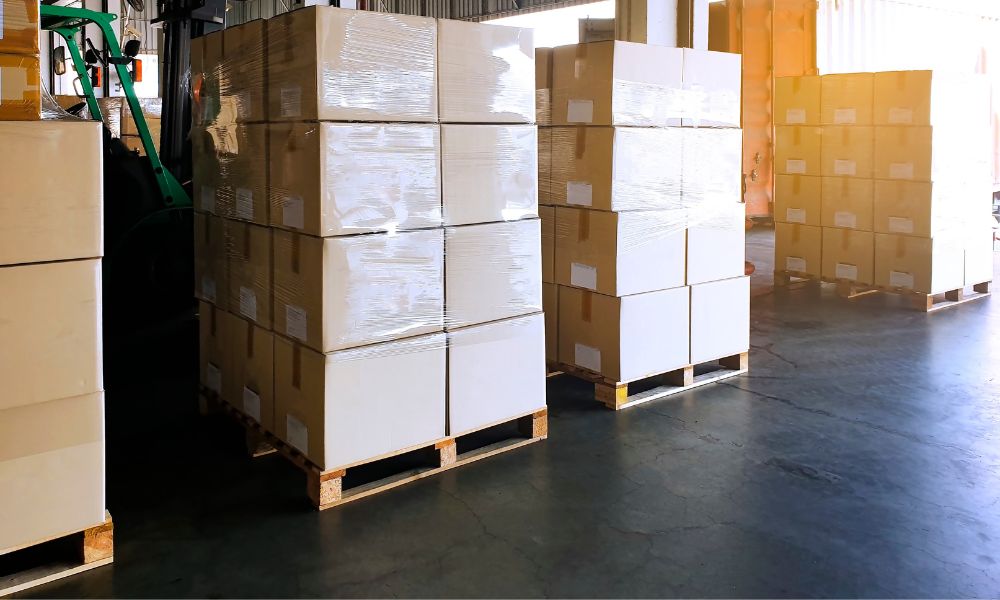As a business owner, nothing is more important than ensuring your goods travel safely, efficiently, and cost-effectively. While this task may seem straightforward, the devil truly does lie in the details.
From understanding the specific needs of the product you’re transporting to choosing the right pallet design, we will walk you through the essential things to consider when customizing a pallet.
What Product Is Your Pallet Carrying?
The type of product you plan to transport or store on a pallet dictates the design and material of the pallet itself. Heavy, bulky items require sturdy, durable pallets made from materials such as wood or metal, while lighter goods could work fine on plastic or recycled materials.
Additionally, consider whether your products need protection from moisture, pests, or other environmental factors. These requirements will significantly influence your decisions when working with a pallet vendor.
Is the Pallet for Storage, External Shipping, or Something Else?
The intended use of your pallet plays a critical role in its customization. Pallets designed for long-term storage might prioritize durability and stackability.
Pallets designed for external shipping need to be lighter and designed to fit specific transportation modes like sea containers or trucks.
Taking these considerations into account will help you design a pallet that suits your product and the journey it’s about to undertake.
What’s the Best Pallet Design for Your Warehouse?
Warehouse operations can benefit from customized pallets tailored to fit specific storage and handling equipment. Whether you’re using standard forklifts, pallet jacks, or automated systems, the pallet design must facilitate smooth operation.
The layout of your warehouse, including aisle width and stacking heights, also influences the optimal pallet design. The goal is to make efficient use of your warehouse space and make your pallets easy to access.
What’s the Cost of Building a Custom Pallet?
Customizing a pallet involves various costs, from the choice of material to the complexity of the design. While higher upfront costs might yield long-term savings in terms of durability and efficiency, it’s important to balance your budget with the specific needs of your product and operation.
Conducting a cost-benefit analysis can help you make an informed decision. You should consider factors such as the lifespan of the pallet and potential savings in handling and transportation.
Is There an Experienced Vendor Near You?
Finding an experienced pallet vendor near you makes it easier to create custom pallets quickly and efficiently. A local vendor can offer valuable insights into the best materials and designs for your specific needs, as well as provide cost savings on shipping and handling.
Establishing a strong relationship with a vendor gives you access to expert advice and support throughout the customization process.
There are many things to consider when customizing a pallet, including the pallet’s intended use and the optimal design for your warehouse operations. Most importantly, partnering with a reputable pallet vendor such as First Alliance Logistics Management can make all the difference in achieving a successful outcome.
We hope our guide provides you with the knowledge and confidence to begin building your customized pallets. A well-thought-out pallet design will enhance the efficiency and safety of your logistics chain. Visit our website for more information about our pallet management services.

